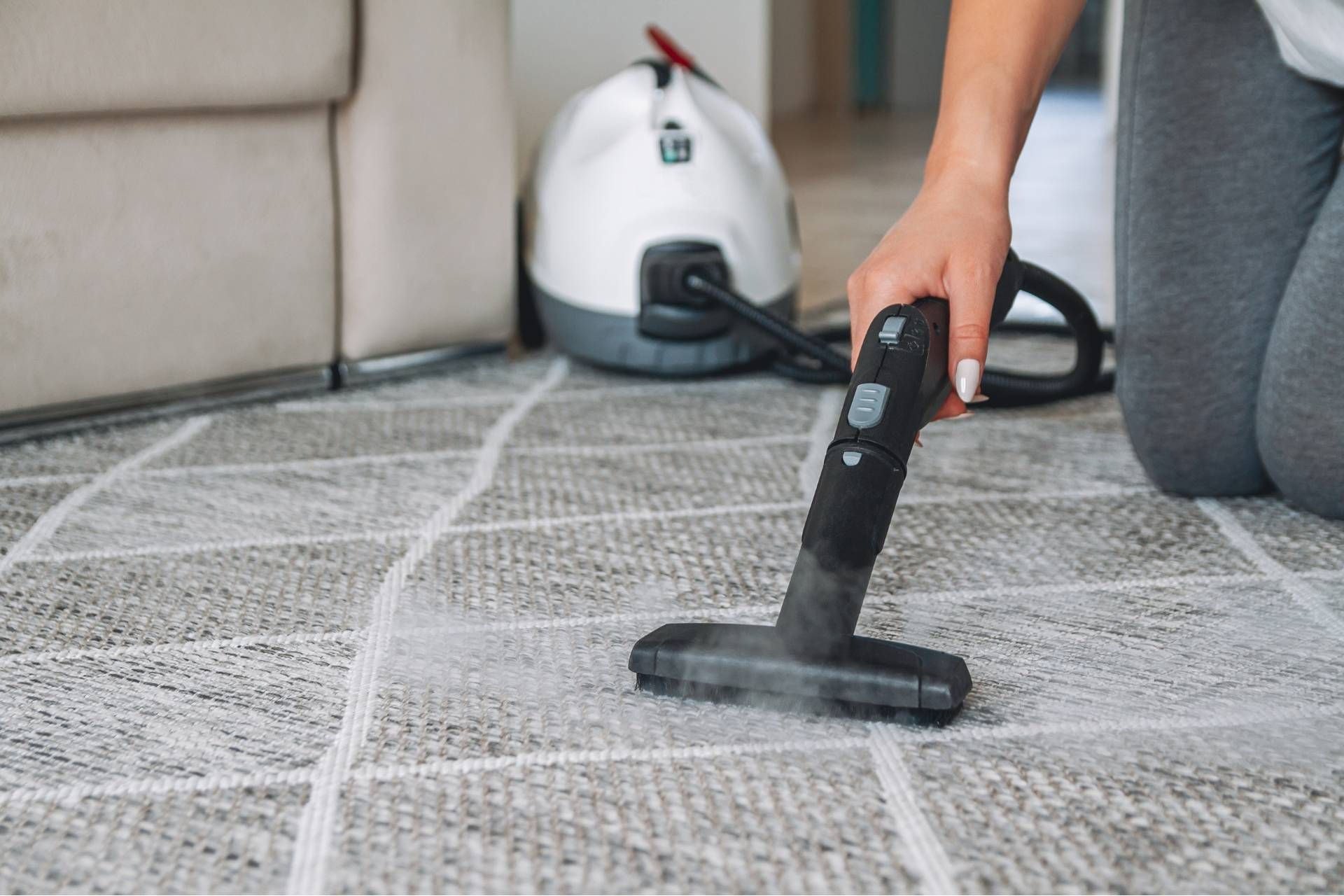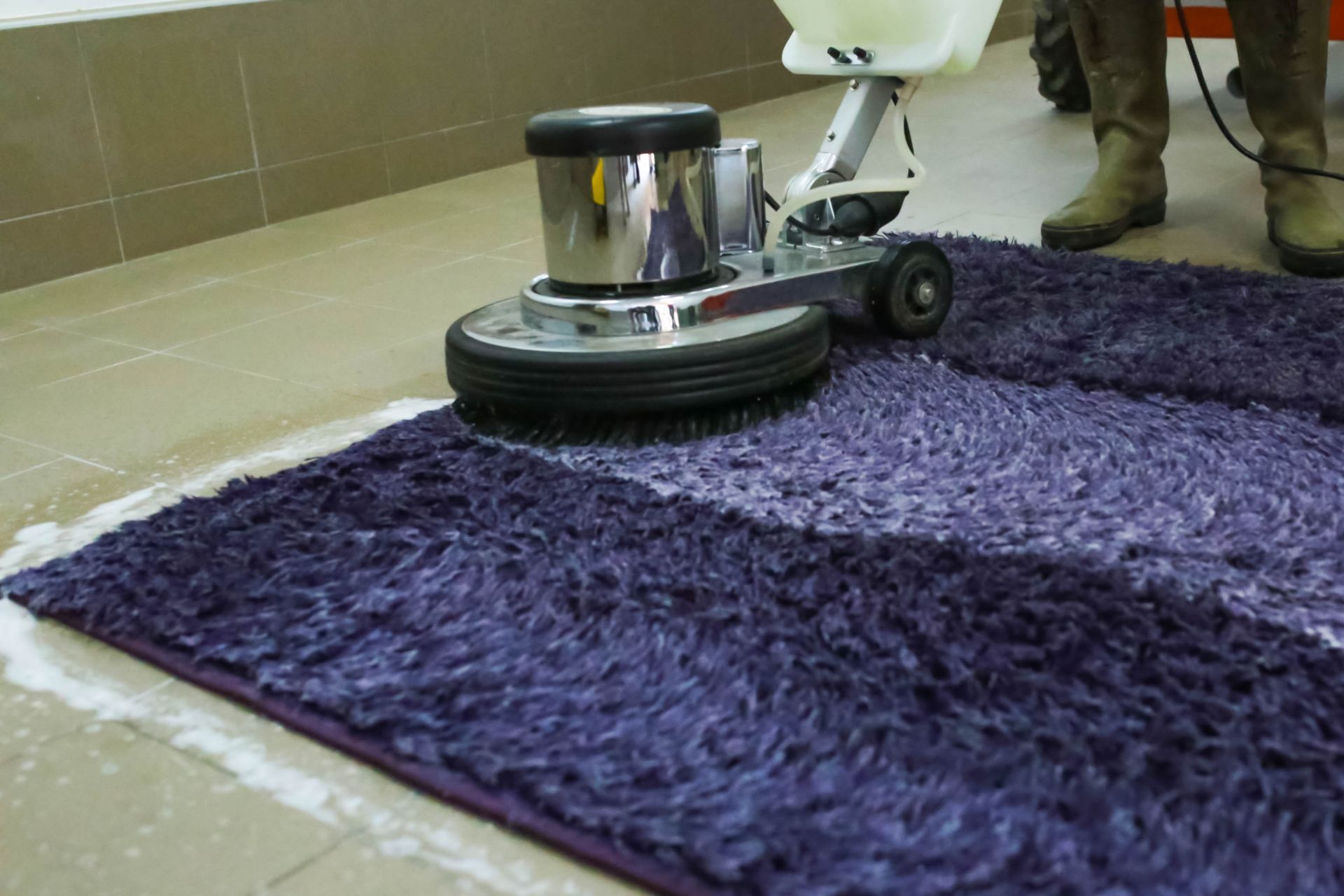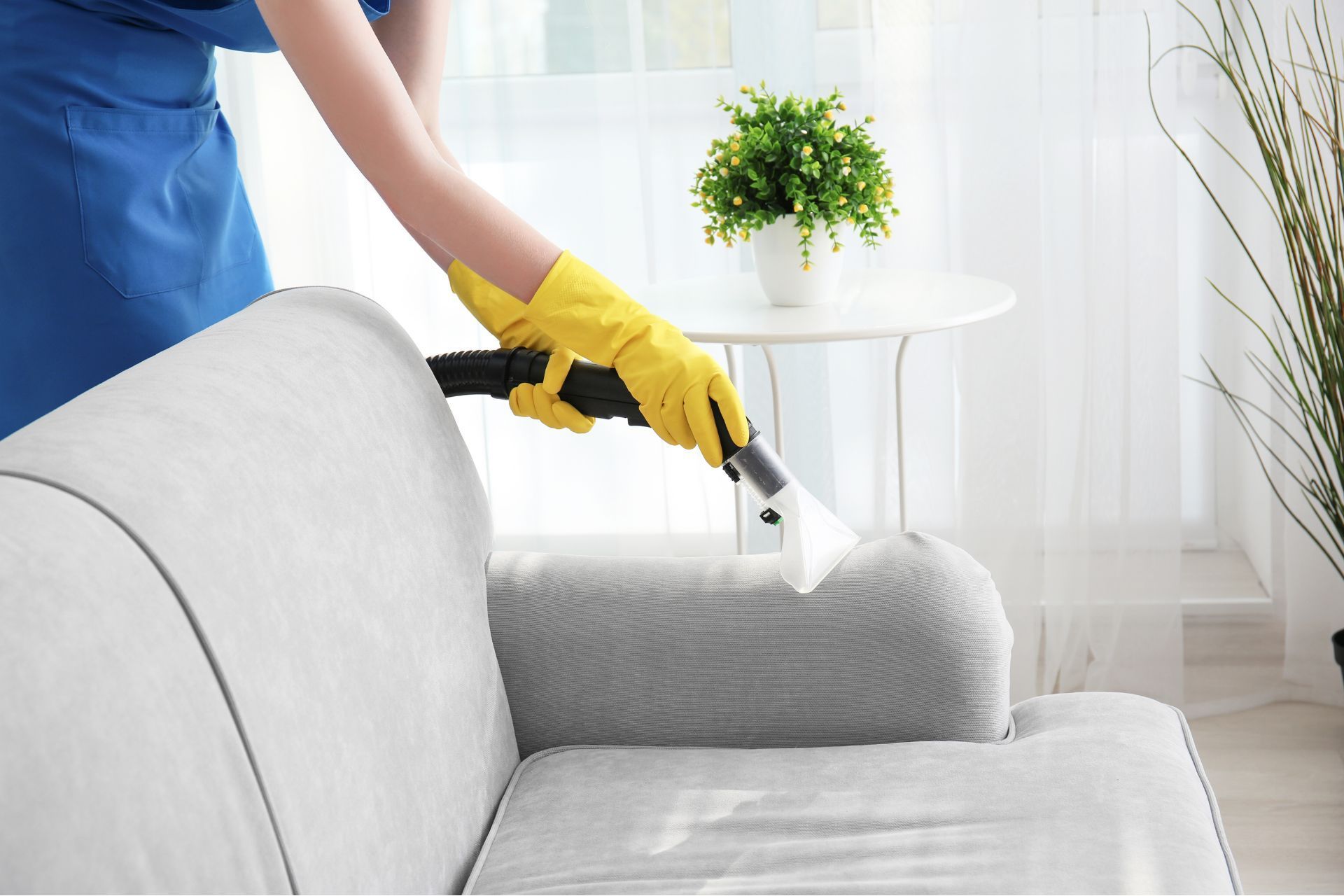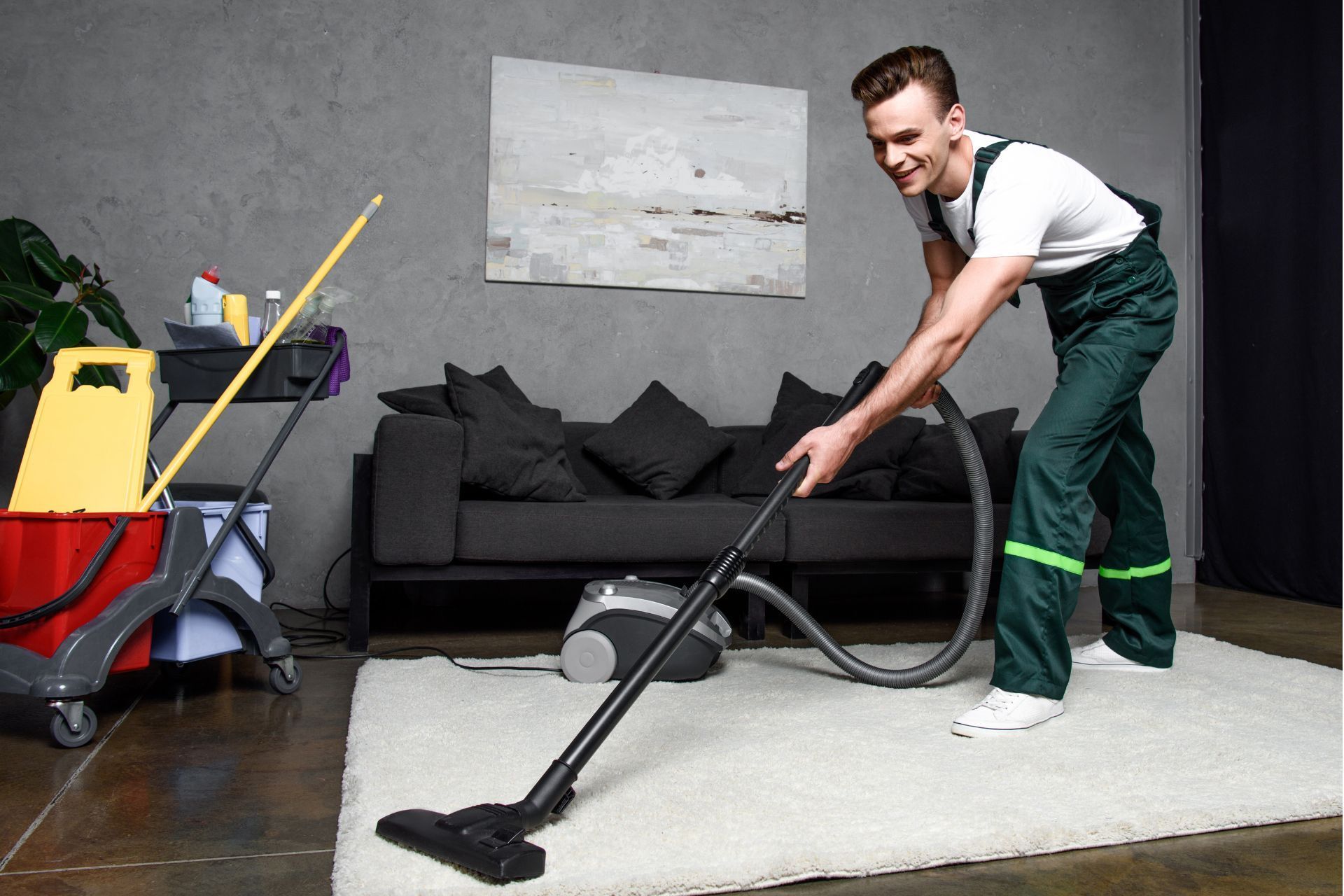Can you Walk on Wet Carpet After Cleaning?

Cleaning your carpet is a necessary task to keep your home looking and feeling fresh. But what happens when you need to walk on your carpet soon after it has been cleaned? can you walk on wet carpet after cleaning without causing damage or undoing all of the hard work you just put in?
The answer is yes, you can walk on wet carpet after cleaning, but walking on wet carpet after cleaning is not recommended, as it can cause damage to both the carpet and your health.
If you absolutely must walk on wet carpet after cleaning, there are a few things you should keep in mind to ensure that you don't cause any damage
Things to Consider to Avoid Causing Damage
It's important to take some precautions to ensure that you don't cause any damage to your carpet while walking on wet carpet after cleaning. Here are some things to consider when walking on wet carpet:
- Wear clean, dry socks or shoes - Wet carpet can easily absorb dirt and debris from your feet or shoes, which can result in stains or discoloration. To prevent this, make sure to wear clean, dry socks or shoes when walking on wet carpet after cleaning.
- Avoid heavy furniture - Heavy furniture can leave indentations or marks on wet carpet, especially if it's still damp or not completely dry yet. Try to avoid walking on areas with heavy furniture or use furniture sliders to move them back into place.
- Use caution when walking - Wet carpet can be slippery, so be sure to walk carefully and avoid any sudden movements or sharp turns. This can help prevent any accidents or damage to the carpet.
- Allow the carpet to dry completely - Before walking on wet carpet, make sure to allow it to dry completely. This might take a few hours or even a full day, depending on the humidity levels in your home. Walking on carpet that is still damp can cause damage and result in a musty smell.
- Consider using fans or opening windows - To help speed up the drying process, consider using fans or opening windows to improve ventilation in the room. This can help to dry the carpet more quickly and prevent any damage from occurring.
- Monitor the carpet for any signs of damage - After walking on wet carpet, be sure to monitor it for any signs of damage, such as discoloration, mold, or mildew. If you notice any of these issues, be sure to address them promptly to prevent further damage.
Potential Damages Caused by Walking on Wet Carpet
One of the main potential damages caused by walking on wet carpet is the spread of mold and mildew. When carpets are not allowed to dry properly, moisture can get trapped underneath the carpet fibers and create a breeding ground for mold and mildew. This can not only damage the carpet itself, but also pose serious health risks for those living in the space.
In addition to mold and mildew, walking on wet carpet can also lead to discoloration and staining. Wet carpet fibers are more prone to picking up dirt, debris, and other particles from shoes, which can result in unsightly stains that are difficult to remove.
Furthermore, walking on wet carpet can compromise the integrity of the carpet padding underneath. Excess moisture can cause the padding to break down over time, leading to uneven wear and tear on the carpet itself.
To prevent these potential damages, it is important to take the time to properly dry your carpet after cleaning. This may involve using fans, opening windows, or even using a dehumidifier to speed up the drying process. It is also a good idea to avoid walking on the carpet until it is completely dry to avoid any potential damage.
Factors Affecting When Your Carpet Drying Process
Weather conditions
The temperature and humidity levels in your home can greatly affect the drying time of your carpets. In hot, dry weather, your carpets will dry much faster than in cold, humid conditions. If possible, open windows and doors to increase air circulation and speed up the drying process.
Carpet type and thickness
The type and thickness of your carpets can also impact the drying time. Thicker carpets or those with a deep pile will hold onto more water and take longer to dry. Additionally, certain materials, such as wool, may retain moisture longer than synthetic fibers.
Cleaning method
The method used to clean your carpets can also influence the drying time. Steam cleaning, for example, uses hot water extraction to clean the carpets, which can leave them wetter than other methods. Dry cleaning methods, on the other hand, use minimal moisture and can result in faster drying times.
Ventilation
Proper ventilation is key to helping your carpets dry quickly. Make sure to turn on ceiling fans, use portable fans, or open windows to circulate air and remove moisture from the room. This will help prevent mold and mildew growth while also speeding up the drying process.
Carpet cleaning equipment
The type and quality of equipment used to clean your carpets can impact how much water is extracted and how quickly they dry. High-powered extraction equipment will remove more water from the carpets, resulting in faster drying times. Be sure to hire a professional carpet cleaner with the appropriate tools to ensure thorough cleaning and efficient drying.
How Do You Speed Up the Drying Time of Your Carpet?
Use a fan
One of the simplest and most effective ways to speed up the drying time of your carpet is to use a fan. Position a high-powered fan near the wet carpet and aim it directly at the surface. The airflow from the fan will help to evaporate the moisture from the carpet fibers, allowing it to dry faster.
Open windows and doors
If weather permits, open windows and doors in the room where the carpet is located to increase air circulation. This will help to facilitate the drying process and prevent moisture buildup in the room.
Use a dehumidifier
A dehumidifier is another great tool for speeding up the drying time of your carpet. Dehumidifiers work by removing excess moisture from the air, which can help to dry out wet carpets more quickly. Run a dehumidifier in the room where the carpet is located to create a drier environment.
Blot with towels
If your carpet is only slightly damp, you can speed up the drying process by blotting it with clean towels. Place the towels on the carpet and press down firmly to absorb as much moisture as possible. Replace the towels as needed until the carpet is fully dry.
Use a carpet cleaner
Some carpet cleaners are equipped with powerful suction capabilities that can help to extract moisture from the carpet fibers. If you have a carpet cleaner, use it to clean and dry your carpet at the same time for faster results.










